-
 Bitcoin
Bitcoin $111,259.5910
2.32% -
 Ethereum
Ethereum $2,789.1977
6.17% -
 Tether USDt
Tether USDt $1.0006
0.06% -
 XRP
XRP $2.4172
3.88% -
 BNB
BNB $671.6585
1.21% -
 Solana
Solana $157.1336
2.90% -
 USDC
USDC $1.0001
0.02% -
 TRON
TRON $0.2913
1.52% -
 Dogecoin
Dogecoin $0.1809
5.04% -
 Cardano
Cardano $0.6213
4.40% -
 Hyperliquid
Hyperliquid $41.7572
6.29% -
 Sui
Sui $3.1623
8.35% -
 Bitcoin Cash
Bitcoin Cash $513.7819
1.17% -
 Chainlink
Chainlink $14.2966
1.64% -
 Stellar
Stellar $0.2904
9.82% -
 UNUS SED LEO
UNUS SED LEO $8.9624
-0.86% -
 Avalanche
Avalanche $19.4161
5.41% -
 Hedera
Hedera $0.1754
8.17% -
 Shiba Inu
Shiba Inu $0.0...01243
4.58% -
 Toncoin
Toncoin $2.8743
2.25% -
 Litecoin
Litecoin $90.6242
3.12% -
 Monero
Monero $328.7483
3.34% -
 Polkadot
Polkadot $3.6433
5.06% -
 Dai
Dai $1.0002
0.02% -
 Ethena USDe
Ethena USDe $1.0011
0.06% -
 Uniswap
Uniswap $8.3418
8.66% -
 Bitget Token
Bitget Token $4.4331
2.68% -
 Pepe
Pepe $0.0...01102
8.17% -
 Aave
Aave $297.1705
-0.69% -
 Pi
Pi $0.4712
1.31%
Where is the NFT data stored?
NFTs store ownership on the blockchain, while their digital assets are typically hosted off-chain via URIs or decentralized systems like IPFS for durability and accessibility.
Jul 10, 2025 at 03:14 pm
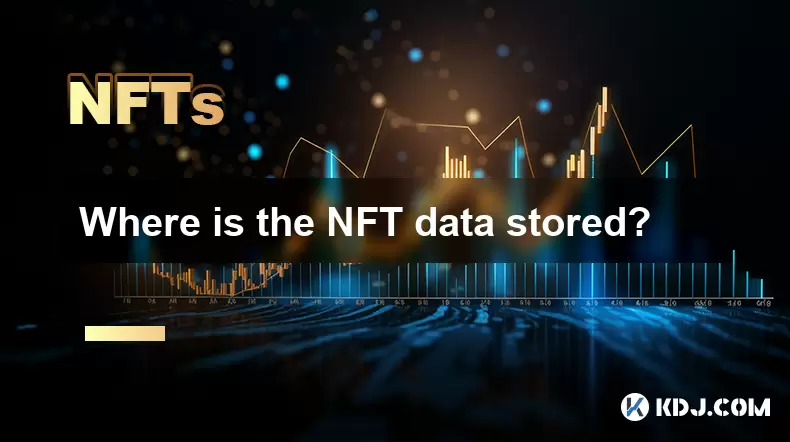
Understanding the Storage Mechanism of NFTs
When discussing NFTs (Non-Fungible Tokens), one of the most common questions that arise is: Where is the NFT data stored? To answer this question comprehensively, it's important to understand that while the ownership and transaction history of an NFT are recorded on the blockchain, the actual digital asset associated with the NFT—such as an image, video, or audio file—is typically not stored directly on the blockchain.
Instead, the NFT contains a URI (Uniform Resource Identifier) or IPFS (InterPlanetary File System) hash, which acts as a pointer to where the actual data is stored. This means that the metadata and media files are usually hosted off-chain on decentralized or centralized storage systems.
The Role of Blockchain in NFT Data Management
The blockchain serves as a ledger for tracking ownership and verifying authenticity. When you mint an NFT, you're essentially creating a smart contract that includes information about the token’s owner, its transferability, and a reference to the location of the digital asset. This smart contract is what gets permanently recorded on the blockchain.
However, due to the high cost and inefficiency of storing large files directly on-chain, platforms opt to store the digital content elsewhere and include a link in the NFT. This raises concerns about long-term accessibility and permanence of the linked assets. If the server hosting the file goes offline or the link changes, the NFT may become a broken reference.
Decentralized Storage Solutions Like IPFS
To address issues related to centralized hosting, many NFT creators and platforms use decentralized storage protocols like IPFS. IPFS is a peer-to-peer hypermedia protocol designed to make the web faster, safer, and more open. Instead of relying on a single server to host a file, IPFS stores files across a distributed network of computers.
Each file uploaded to IPFS receives a unique cryptographic hash, which serves as a permanent identifier. This hash is then embedded into the NFT metadata, ensuring that the file can be accessed from any node in the network. Because there is no single point of failure, IPFS provides greater resilience and longevity compared to traditional cloud storage solutions.
- Upload your media file to an IPFS gateway.
- Obtain the unique CID (Content Identifier) generated by IPFS.
- Include the CID in the NFT’s metadata during minting.
- Distribute the file across multiple nodes for redundancy.
Utilizing Filecoin and Other Decentralized Storage Networks
While IPFS handles the distribution of files, Filecoin offers a layer of economic incentive for maintaining storage over time. Filecoin is a decentralized storage network built on top of IPFS that allows users to rent storage space and pay providers for keeping their files available.
This combination of IPFS for addressing and Filecoin for storage incentives creates a robust ecosystem for NFT data preservation. By using these technologies together, creators can ensure that their NFT-linked content remains accessible indefinitely without relying on a single entity.
- Select a Filecoin storage provider through tools like Filecoin Plus.
- Verify that the provider has successfully stored your data.
- Monitor the storage deal expiration dates and renew if necessary.
- Ensure that the CID used in your NFT points to the correct Filecoin-stored content.
Centralized Hosting Platforms and Their Limitations
Some NFT marketplaces still rely on centralized servers such as AWS S3 or Google Cloud to store digital assets. While this approach simplifies the process for developers and users, it introduces risks. Centralized hosting can lead to link rot, where URLs change or become obsolete, potentially rendering the NFT useless.
Additionally, if the marketplace hosting the file shuts down or removes the content, the NFT owner may lose access to the associated media. Therefore, centralized storage should be approached with caution, especially for high-value or long-term NFT projects.
- Check whether the NFT platform uses centralized storage.
- Review the platform’s policies on data retention and backup procedures.
- Consider migrating your NFT’s metadata and media to decentralized storage after minting.
- Use tools like NFT.Storage or Arweave to archive copies of your NFT data.
Frequently Asked Questions
Q: Can I move my NFT’s data from centralized to decentralized storage after minting?
Yes, you can update the metadata of your NFT if the smart contract allows for it. You would need to re-upload the file to a decentralized system like IPFS, obtain the new CID, and then update the URI in the NFT metadata via a function call in the smart contract.
Q: What happens if the IPFS gateway I used to store my NFT goes offline?
If your file is pinned on a specific IPFS gateway and that gateway stops hosting it, you can access the file through another IPFS node or gateway as long as the file remains part of the network. It's recommended to pin your file on multiple gateways for redundancy.
Q: How do I verify that my NFT’s media is stored on IPFS?
You can check the NFT’s metadata, usually found in the contract details or through block explorers like Etherscan. Look for the tokenURI or ipfs:// links within the metadata JSON file. You can paste the IPFS CID into an IPFS explorer or gateway to confirm the file’s existence.
Q: Are all NFTs stored off-chain?
Most NFTs are stored off-chain due to limitations in blockchain storage capacity and cost. However, some newer NFT standards and projects are experimenting with on-chain storage for small images or metadata using formats like SVG or base64 encoding. These are exceptions rather than the norm.
Disclaimer:info@kdj.com
The information provided is not trading advice. kdj.com does not assume any responsibility for any investments made based on the information provided in this article. Cryptocurrencies are highly volatile and it is highly recommended that you invest with caution after thorough research!
If you believe that the content used on this website infringes your copyright, please contact us immediately (info@kdj.com) and we will delete it promptly.
- XRP Ledger's EVM Sidechain: TVL Surge, Institutional Adoption, and the Future of RLUSD
- 2025-07-10 20:30:12
- BLOS Token, Blossom Fund, and Your Stock Portfolio: A New Era of Investing
- 2025-07-10 20:50:12
- Aptos, Wyoming Stablecoin, and Technical Analysis: Bullish Signals Ahead?
- 2025-07-10 21:10:12
- Uzbekistan's Tokenized Government Bonds: A New Frontier in Finance
- 2025-07-10 21:10:12
- Hedera (HBAR), SEI, BlockDAG: Decoding the Crypto Landscape of 2025
- 2025-07-10 21:15:12
- Justin Sun, TRX, and Dual-Profit: Decoding the Latest Crypto Moves
- 2025-07-10 21:15:12
Related knowledge
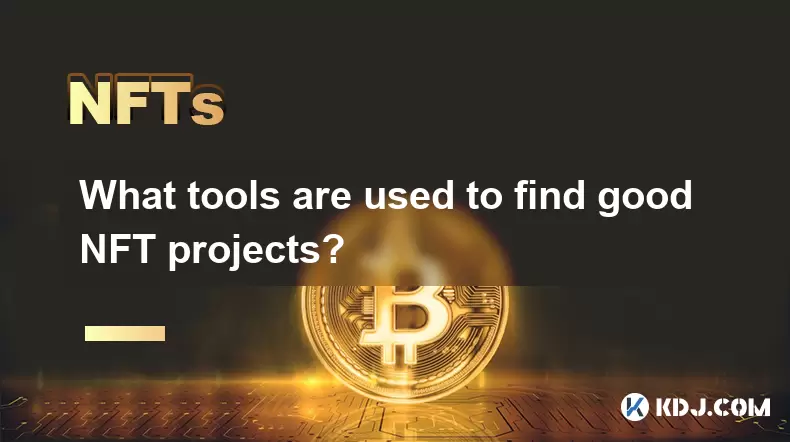
What tools are used to find good NFT projects?
Jul 10,2025 at 12:42pm
Understanding the Importance of NFT DiscoveryIdentifying promising NFT projects is a critical skill for collectors, investors, and creators within the...
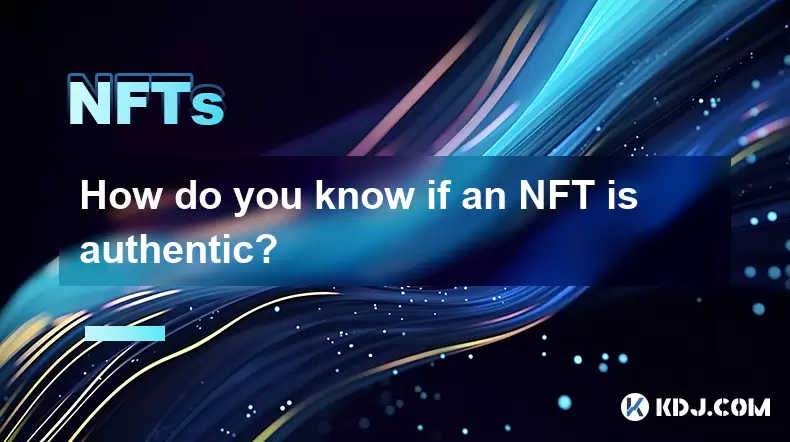
How do you know if an NFT is authentic?
Jul 10,2025 at 06:35pm
Understanding the Basics of NFT AuthenticityTo determine whether an NFT is authentic, it’s essential to first understand what makes a non-fungible tok...
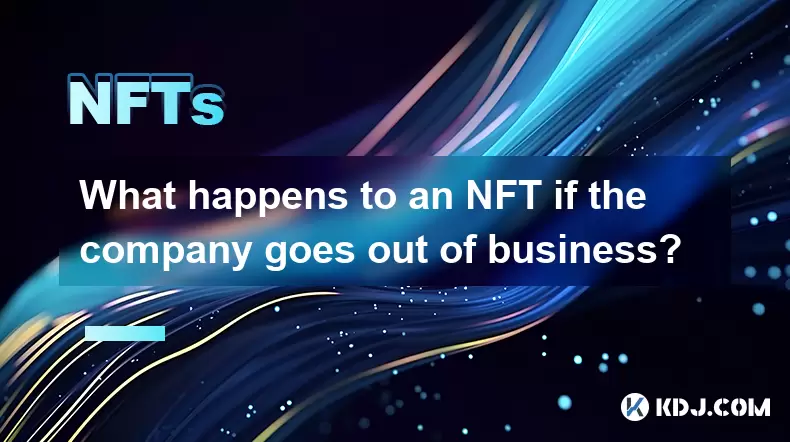
What happens to an NFT if the company goes out of business?
Jul 10,2025 at 01:36pm
Understanding the Nature of NFTsNon-Fungible Tokens (NFTs) are digital assets that represent ownership of a unique item or piece of content, such as a...
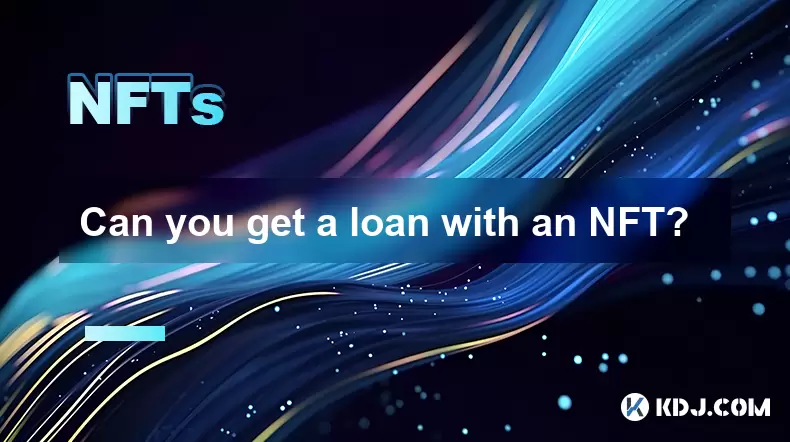
Can you get a loan with an NFT?
Jul 10,2025 at 12:08pm
What is an NFT and How Does It Function as Collateral?Non-Fungible Tokens (NFTs) have evolved beyond digital collectibles and art. These blockchain-ba...
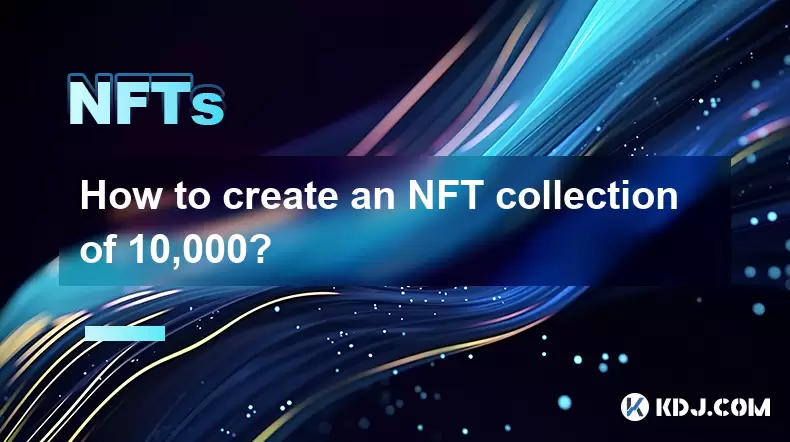
How to create an NFT collection of 10,000?
Jul 10,2025 at 07:49pm
Understanding the Concept of a 10,000 NFT CollectionCreating an NFT collection of 10,000 items has become a popular trend in the blockchain space. Thi...
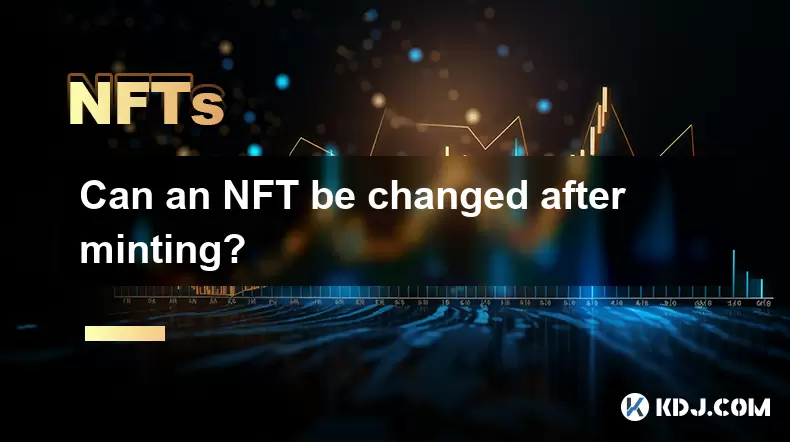
Can an NFT be changed after minting?
Jul 09,2025 at 02:42pm
Understanding the Immutability of NFTsOnce an NFT (Non-Fungible Token) is minted, it becomes a permanent entry on the blockchain. The data associated ...

What tools are used to find good NFT projects?
Jul 10,2025 at 12:42pm
Understanding the Importance of NFT DiscoveryIdentifying promising NFT projects is a critical skill for collectors, investors, and creators within the...

How do you know if an NFT is authentic?
Jul 10,2025 at 06:35pm
Understanding the Basics of NFT AuthenticityTo determine whether an NFT is authentic, it’s essential to first understand what makes a non-fungible tok...

What happens to an NFT if the company goes out of business?
Jul 10,2025 at 01:36pm
Understanding the Nature of NFTsNon-Fungible Tokens (NFTs) are digital assets that represent ownership of a unique item or piece of content, such as a...

Can you get a loan with an NFT?
Jul 10,2025 at 12:08pm
What is an NFT and How Does It Function as Collateral?Non-Fungible Tokens (NFTs) have evolved beyond digital collectibles and art. These blockchain-ba...

How to create an NFT collection of 10,000?
Jul 10,2025 at 07:49pm
Understanding the Concept of a 10,000 NFT CollectionCreating an NFT collection of 10,000 items has become a popular trend in the blockchain space. Thi...

Can an NFT be changed after minting?
Jul 09,2025 at 02:42pm
Understanding the Immutability of NFTsOnce an NFT (Non-Fungible Token) is minted, it becomes a permanent entry on the blockchain. The data associated ...
See all articles


























![Bitcoin is about to plummet and get 9-7W long-term short orders [Chainblade’s latest market BTC technical analysis] July 10, 2025 Bitcoin is about to plummet and get 9-7W long-term short orders [Chainblade’s latest market BTC technical analysis] July 10, 2025](/uploads/2025/07/10/cryptocurrencies-news/videos/bitcoin-plummet-w-term-short-chainblade-market-btc-technical-analysis-july/686f8f4c58e52_image_120_90.webp)






























































